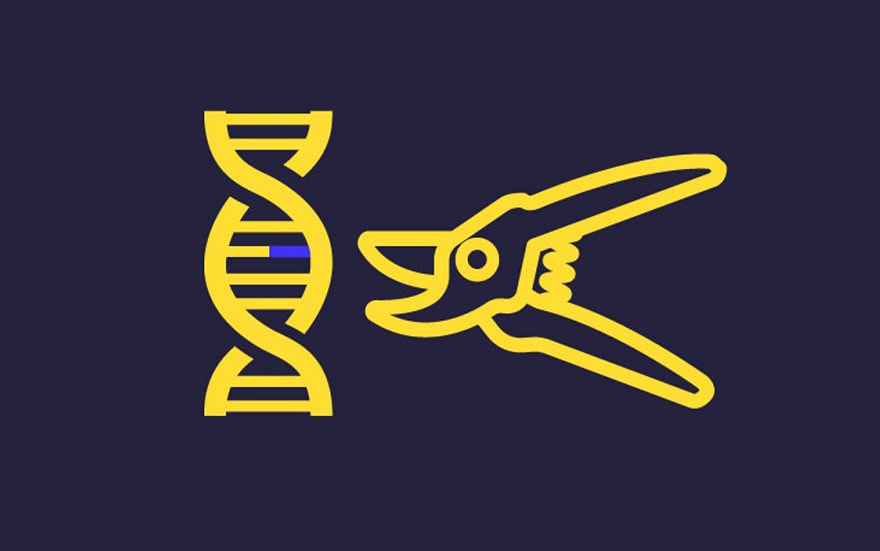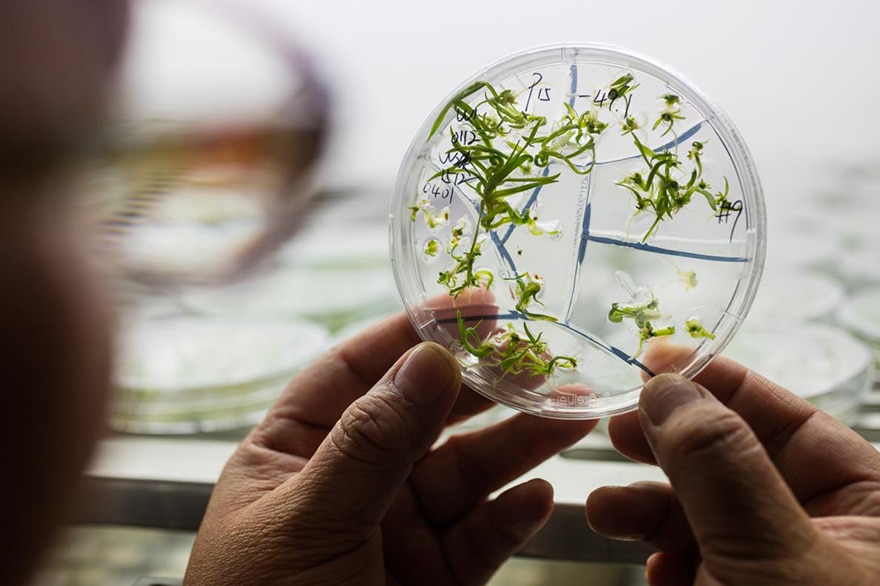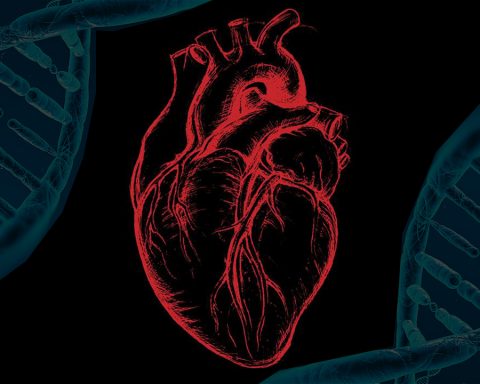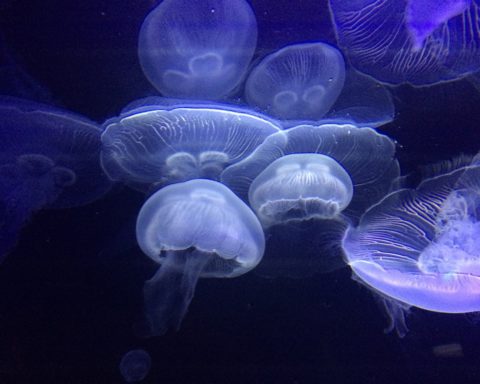Mutagenesis rush
READ UP : These hidden GMOs that the industry wants to sneak in...
The biotech valve was open
READ UP : They're coming to our plates. Plants modified by CRISPR are no longer considered GMOs in the USA..
Planetary controversy
READ UP : Genetically modifying a plant is not harmless.
READ UP : A GMO is never "natural."
End of recess


Anything to add? Say it as a comment.












